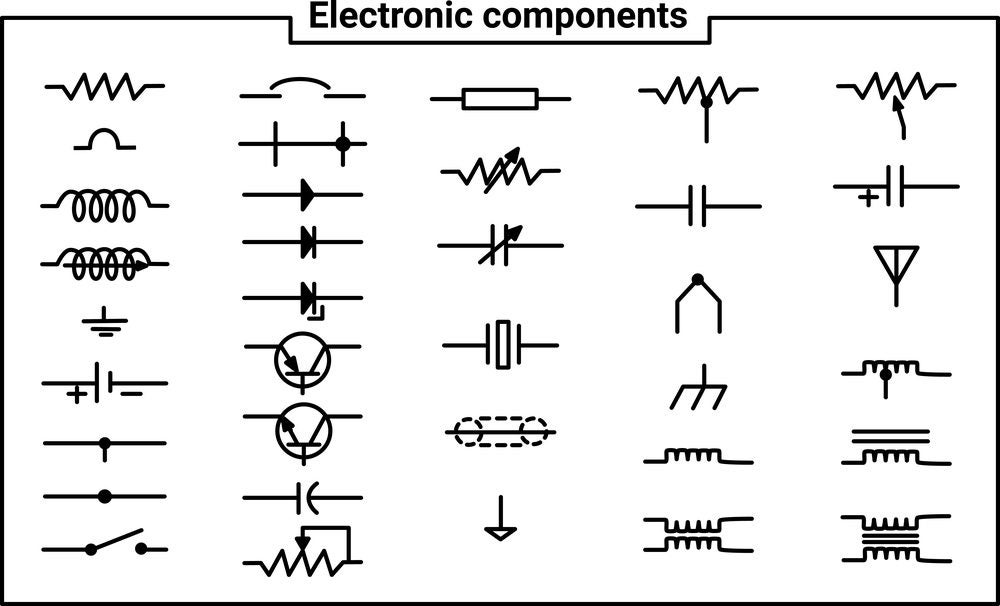
The collector-base junction is always in reverse bias. The emitter-base junction injects a large amount of majority charge carrier into the base because it is heavily doped and moderate in size.Ĭollector – The section which collects the major portion of the majority charge carrier supplied by the emitter is called a collector. The emitter is alway connected in forward biased with respect to the base so that it supplies the majority charge carrier to the base. The terminals of the diode are explained below in details.Įmitter – The section that supplies the large section of majority charge carrier is called emitter. The transistor has three terminals namely, emitter, collector and base. The only difference between the NPN and PNP transistor is in the direction of the current. The arrow in the symbol indicates the direction of flow of conventional current in the emitter with forward biasing applied to the emitter-base junction.

The symbol of NPN and PNP is shown in the figure below. Similarly, if the material has one layer of N-type material and two layers of P-type material then it is called PNP transistor. The transistor which has two blocks of n-type semiconductor material and one block of P-type semiconductor material is known as NPN transistor. There are two types of transistor, namely NPN transistor and PNP transistor. The emitter based junction of the transistor is connected to forward biased and the collector-base junction is connected in reverse bias which offers a high resistance.

These names are given as per the common terminal of the transistor. The right part of the diode is called emitter diode and the left part is called collector-base diode. The base is the middle section which is made up of thin layers. It has three terminals namely emitter, base and collector.

The transistor consists two PN diode connected back to back.


 0 kommentar(er)
0 kommentar(er)
